The only Italian photojournalist to have won the Pulitzer Prize, namely Lorenzo Tugnoli (Lugo di Romagna, 1979), is exhibiting his work in Bagnacavallo in an exhibition, make that a narrative, aimed at demonstrating that, in this our time in which images are quickly consumed and public narratives tend to normalize violence, it is still possible to stop, look, and reflect. Open from April 24 to June 2, 2025 in the spaces of theEx Convento di San Francesco in Bagnacavallo, in the province of Ravenna, the exhibition takes the form of an exhibition and cultural project that interweaves photography, geopolitics, memory and resistance. An invitation to critical thinking and civic participation, which through the work of Lorenzo Tugnoli places the viewer before the rawness and contradictions of the most recent military escalation in the Middle East.
The beating heart of the exhibition is 40 large-format photographs taken by Tugnoli between October 2023 and early 2025, mainly in Palestine and Lebanon. They are black-and-white images, without filters or artifice, documenting the aftermath of war, capturing devastated landscapes, childlike gazes and suspended moments, far from the spectacularization of pain. Tugnoli, who has worked for more than a decade in Palestine for international publications such as the Washington Post, approaches the subject of war with a close but respectful gaze, far from the aesthetics of sensationalism and instead close to the dignity of the subjects portrayed.
Curated by researcher and writer Francesca Recchia - former coauthor with Tugnoli of The Little Book of Kabul - the exhibition is designed as an interdisciplinary and participatory experience. The exhibition itinerary, divided into episodes, addresses some pivotal themes of contemporary conflict narratives: documentation, evidence, testimony, resistance. And it intends to do so with rigor, but also with a strong symbolic and experiential component. The installation, designed by Diego Segatto, transforms the rooms of the former convent into a suspended place, where the narrative is constructed without captions, in the absence of didactic commentary. The images and texts, also in black and white, speak for themselves: the aim is to escape the musealization of the conflict and leave room forthe viewer’s identification.
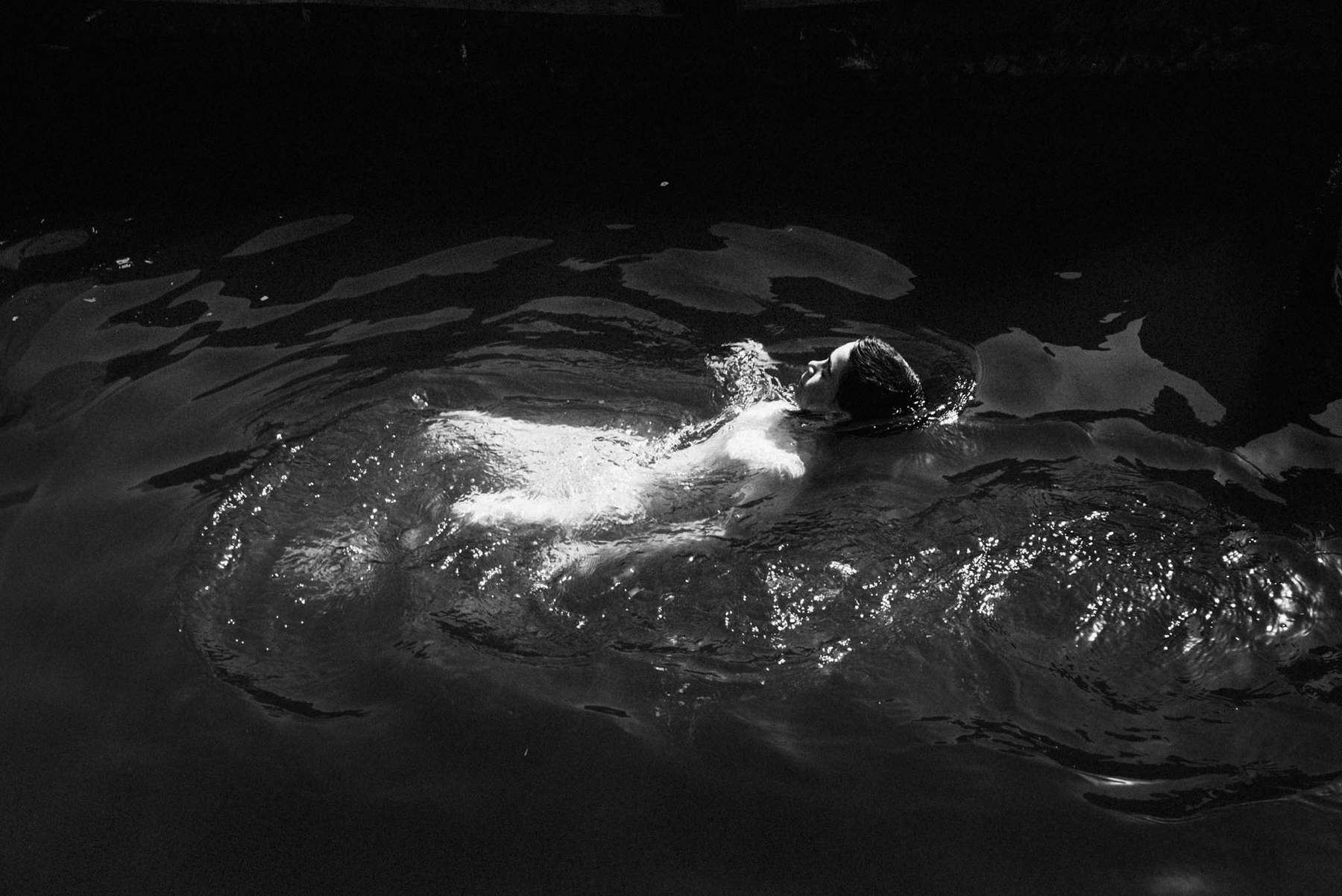

Says Francesca Recchia, "If the primary register of fa’ che sia un racconto is that of documentary factuality, the subtext is poetic and reflective: an opportunity to pause and focus on the values of solidarity, resistance, and the right to self-determination. On the one hand, we are witnesses-sometimes passive, complicit, or outraged-of unprecedented brutality; on the other, we witness both the risk of habituation and an awareness of the many omissions by the media. Spin, dehumanization, euphemisms and censorship offer ideological and biased glimpses that call into question the very roots of the fundamental right to know the facts."
The title of the exhibition is inspired by a verse by Palestinian poet Refaat Alareer, who was killed in Gaza during an Israeli raid on the night of Dec. 6-7, 2023: “If I should die, let it be a tale.” A phrase that stands out, printed in full, on a large white sheet at the entrance to the trail. It is both a warning and an invitation: not to forget, to turn loss into testimony, death into active memory.
The path opens with an interactive installation: paper dice that visitors can throw to compose different narratives of the conflict, with contradictory outcomes. Each face of the dice contains significant words taken from the lexicon of war and media - “genocide,” “self-defense,” “sniper,” “rock,” “bombs,” “war” - reflecting the different, often conflicting perspectives used to narrate the same events. It is a simple but effective device for highlighting how much words matter, and how their choice is often instrumental in building consensus. This is followed by the list of journalists killed since the beginning of the military escalation-more than 200 names, drawn from data shared by the Committee to Protect Journalists-printed on an eleven-meter-long sheet, as a reminder of the right denied to information and the extreme risk taken by those who daily attempt to report on the war.
Tugnoli’s images, a Washington Post photojournalist, thus come as a blow to the stomach but also as a space for reflection. Far from the rhetoric of reportage, the photographer builds a discourse around the theme of evidence: what is before the eyes and yet too often ignored or distorted. Children walking through rubble, women seeking normalcy amidst the siege, houses reduced to dust. Every shot bears witness, every shot resists oblivion.
To underscore the audience’s active role in the construction of meaning, the exhibition also includes a satirical video game (the exhibition’s only digital concession), The New York Times Simulator, created by Molleindustria, avatar of game-designer Paolo Pedercini. Inspired by Noam Chomsky ’s theories on the manipulation of consensus, the game puts the visitor in the shoes of an editor grappling with the creation of media-catching but politically neutral headlines. It is a playful experiment that exposes information conformity and stimulates critical awareness.
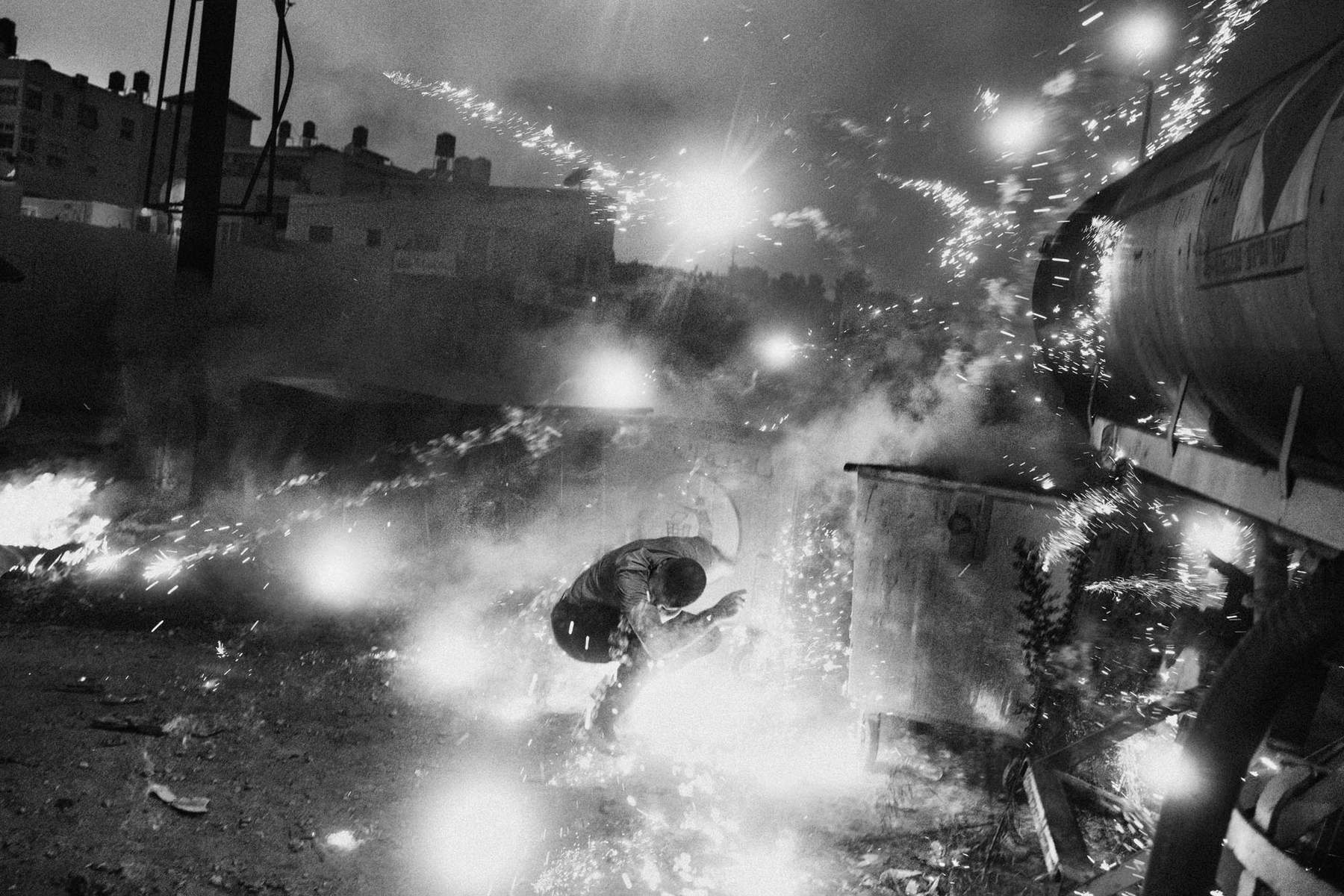
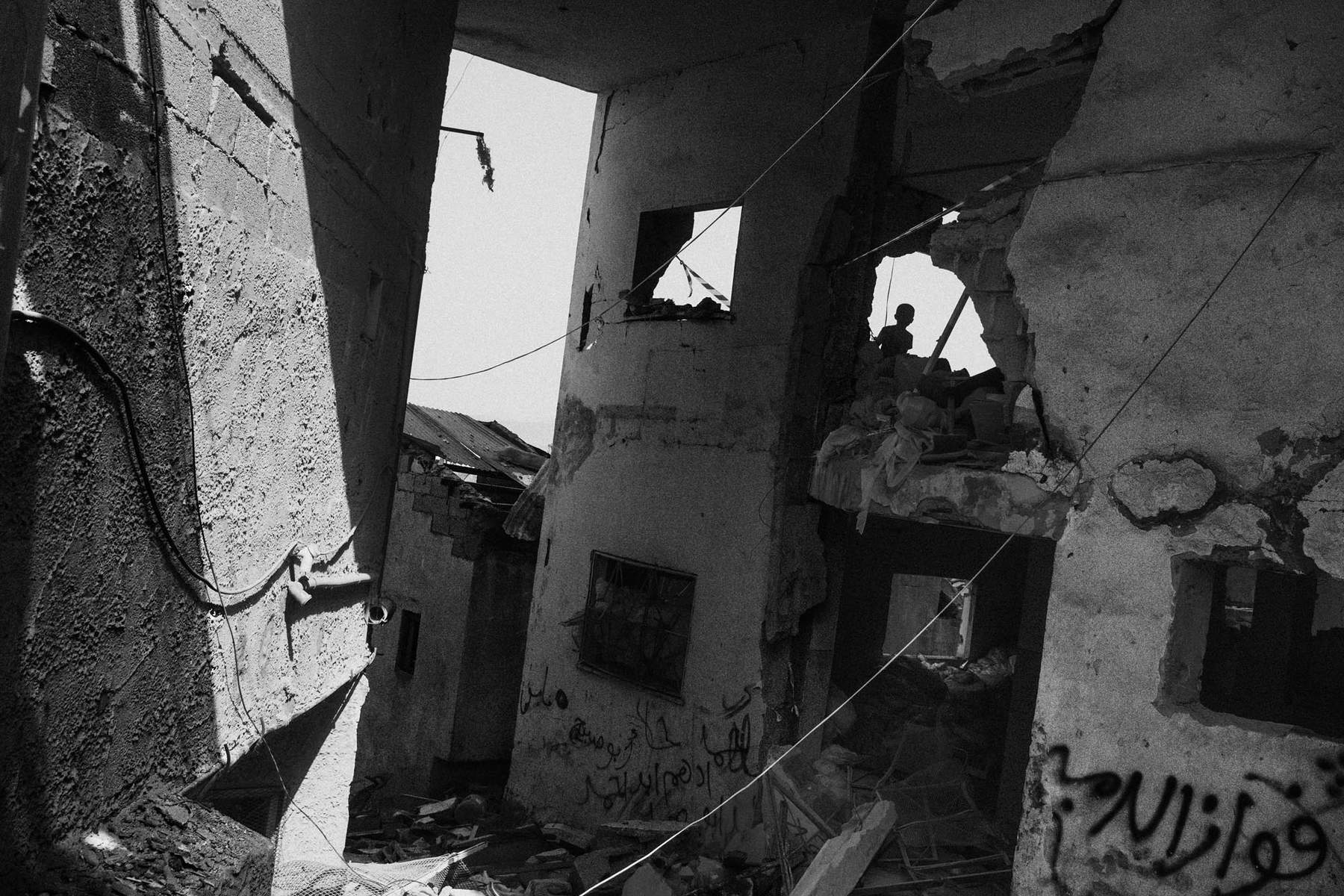
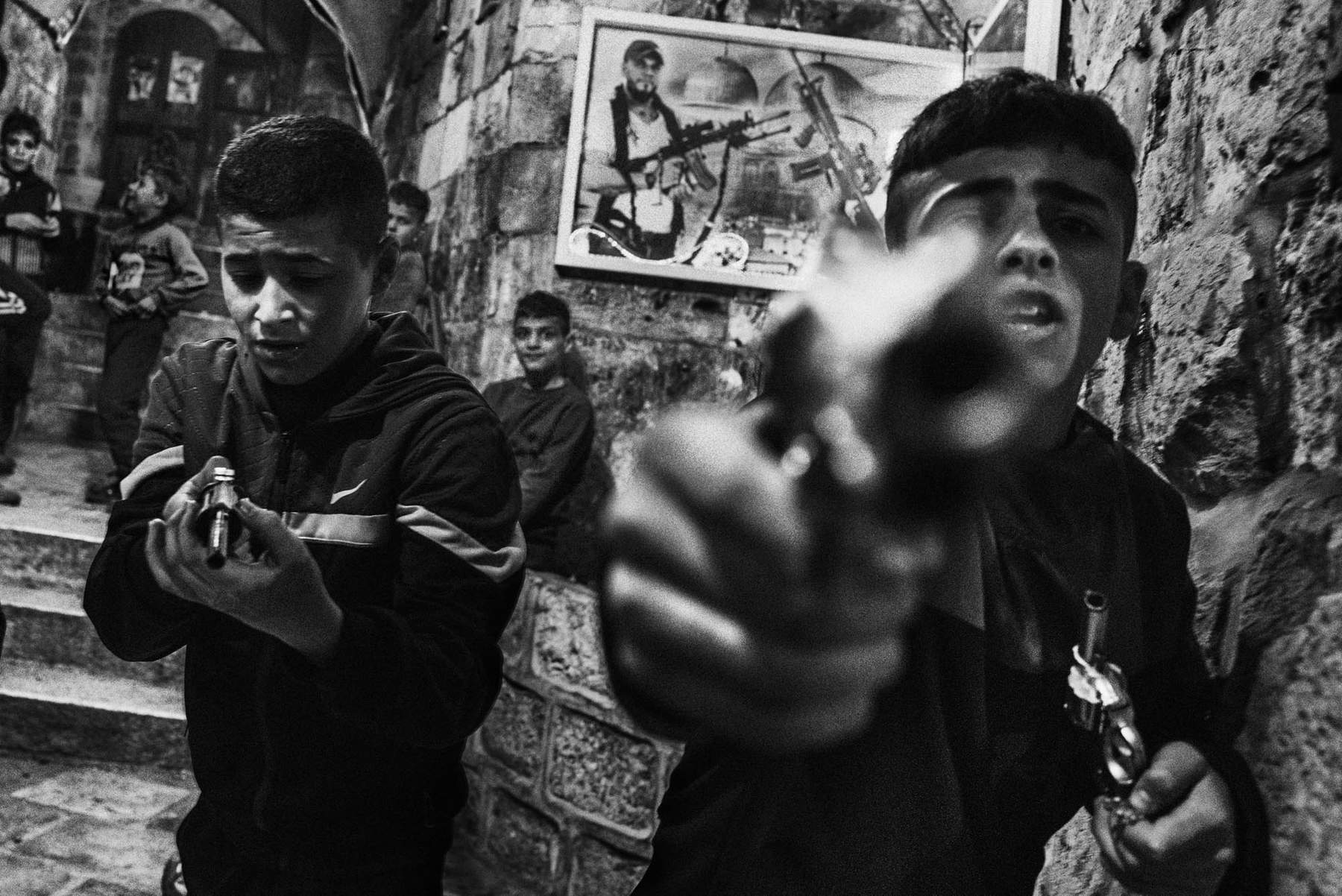
Along one of the exhibition’s corridors, visitors find themselves immersed in a maze of paper: 140 documents, totaling 36,000 pages including treaties, international conventions, United Nations reports, statements by NGOs such as Amnesty International and Doctors Without Borders. These are key texts for understanding Israel-Palestine relations, the legal definition of war crimes, and trampled human rights. The intentionally chaotic and constraining environment is meant to convey the normative complexity and frustration in the face of the ineffectiveness of international institutions, with rules being continually violated in the name of a real or supposed emergency, in a situation that Giorgio Agamben had theorized with his idea of the “state of exception.”
The concept of Sumud-the resilience and nonviolent resistance of the Palestinian people-finds space in a dedicated section, with a focus on children. In one room, the floor is covered with 14,000 river pebbles, one for each child killed in the recent war. It is a silent and touching tribute that speaks of absence, but also of care and memory.
The exhibition closes with a reading room where the public can consult a selection of books and essays that have accompanied Francesca Recchia’s research. Also available is a fanzine that captures the political and cultural intent of the project, along with an unpublished map of the Palestinian territory, drawn by Diego Segatto, which makes visible the fragmentation imposed by occupation and shifting borders.
Along the way, a number of QR codes provide access to additional digital content: verified social media posts that relate back to the themes addressed in the exhibition. A way to reconnect the experience of the visit to the current debate and the global network of information.
Promoted by the Union of Municipalities of Lower Romagna, in collaboration with the Historical Institute of Resistance of Ravenna, the Municipality of Bagnacavallo and with the contribution of the Emilia-Romagna Region, Romagna Acque Società delle Fonti and BCC, "let it be a tale " is the main event for the celebrations of the 80th anniversary of the Liberation from Nazi-Fascism. Not a traditional exhibition then, but a living space, where images and texts do not offer answers but pose questions, where the viewer is called to become an active witness, where storytelling becomes a tool of knowledge and resistance.
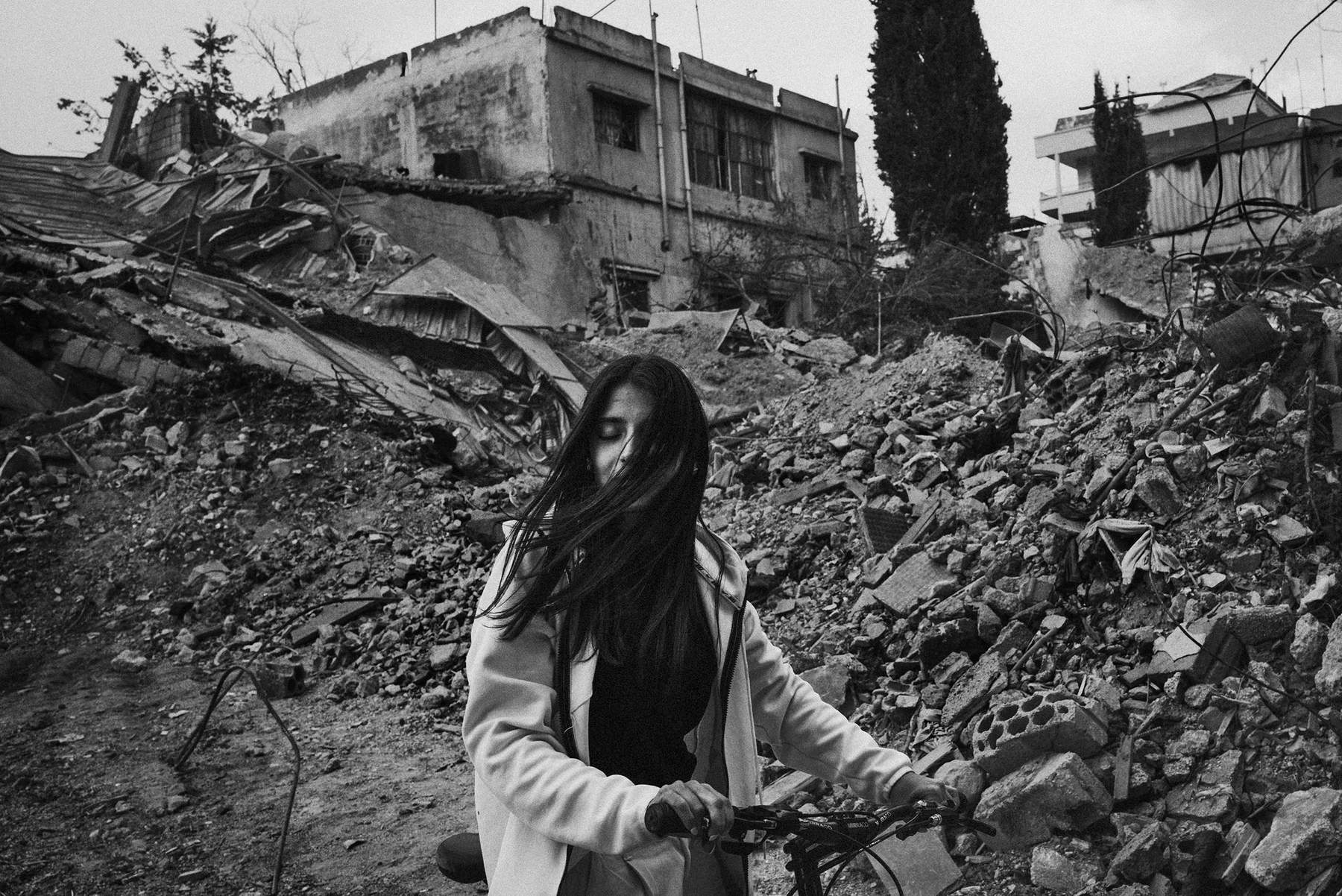 |
| Bagnacavallo, Lorenzo Tugnoli's photographs chronicling the war in Palestine on display |
Warning: the translation into English of the original Italian article was created using automatic tools. We undertake to review all articles, but we do not guarantee the total absence of inaccuracies in the translation due to the program. You can find the original by clicking on the ITA button. If you find any mistake,please contact us.